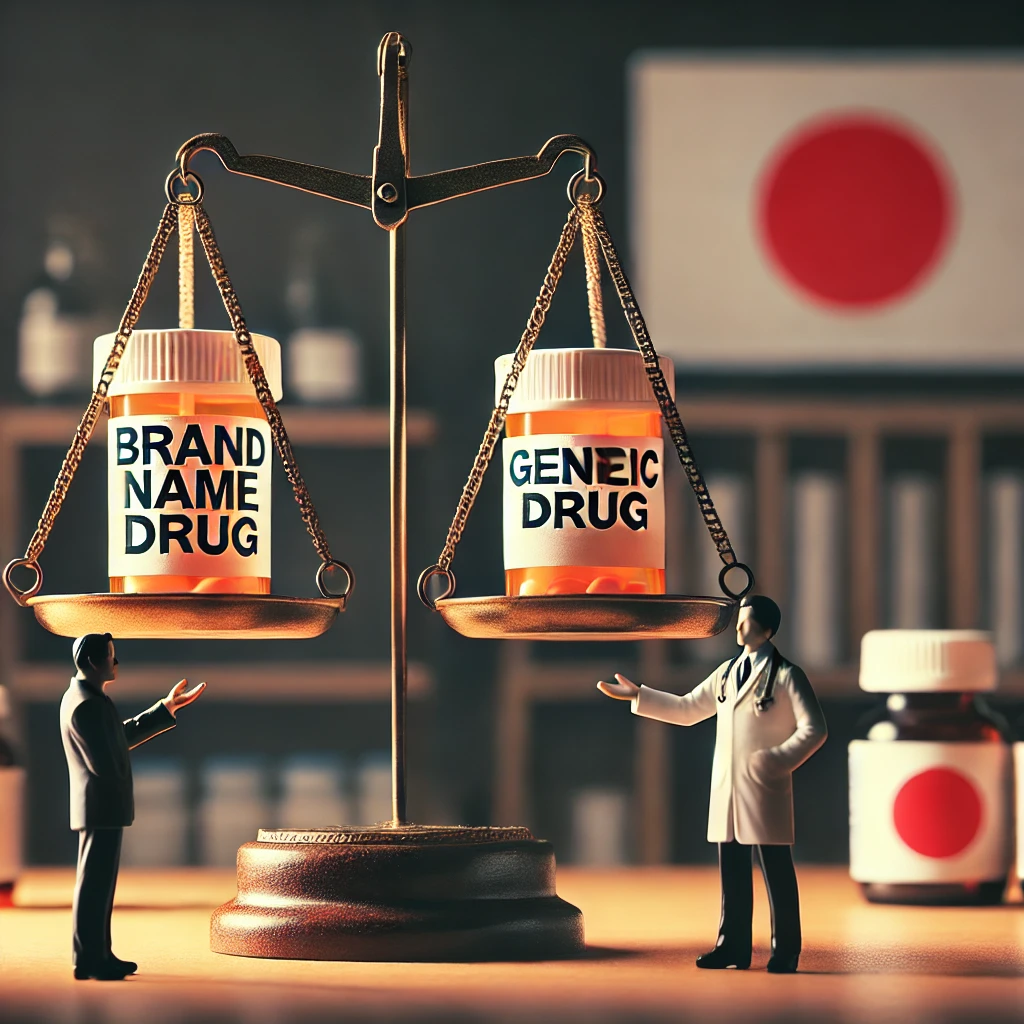Starting this month, the Ministry of Health, Labour and Welfare has implemented a new system that raises the out-of-pocket costs for patients who request brand-name drugs when a generic alternative is available. The aim of this system is to promote the use of cheaper generic drugs in order to curb rising healthcare costs. However, this change raises questions about its impact on both patients and healthcare providers, which I will explore from several perspectives.
The Background of Generic Drug Promotion
One of the main reasons for the introduction of this system is the escalating healthcare costs, which pose a significant challenge. With Japan’s aging population, healthcare expenses have been increasing every year, putting pressure on the national budget. Medication costs, in particular, are a major contributing factor, making the promotion of generic drugs an effective way to reduce costs. Generic drugs are produced after the patent for the brand-name drugs expires and contain the same active ingredients, but at a lower price. By using generics, not only can individual patients reduce their personal expenses, but the overall healthcare burden on the country can also be alleviated.
Impact on Patients
Under this new system, 25% of the price difference between brand-name and generic drugs will not be covered by insurance, increasing the patient’s out-of-pocket costs. For instance, for the antibiotic “Zithromax,” the co-payment will rise from 288 yen to 351 yen, while opting for the generic version “Azithromycin” would only cost 162 yen, clearly illustrating the difference in financial burden.
However, if a doctor deems the brand-name drug necessary or if the generic is out of stock, the new system will not apply, and the patient’s co-payment will not increase. This consideration helps ensure that the quality of care is not compromised, but some patients may feel that their “freedom of choice” is being restricted.
Impact on Local Government Healthcare Subsidies
One notable aspect of the new system is its application to children receiving healthcare subsidies from local governments. Previously, these subsidies helped reduce healthcare costs, but now families may face unexpected expenses due to the portion of costs not covered by insurance. This could be especially challenging for economically disadvantaged families, prompting the need for discussions on how society can provide support moving forward.
Response from Medical Institutions and Pharmacies
The implementation of this system will also place additional demands on medical institutions and pharmacies. Managing generic drug inventories and explaining the new costs to patients will likely increase their workload. Additionally, when patients express a preference for brand-name drugs, medical professionals will need to ensure they are fully informed of the financial implications before proceeding with prescriptions. Efficient operations will be necessary to prevent these processes from reducing the overall efficiency of healthcare institutions.
Conclusion
The new system promoting the use of generic drugs is a measure aimed at addressing the national challenge of reducing healthcare costs, but its impact on patients, medical institutions, and society as a whole is multifaceted. As out-of-pocket costs rise, some patients may hesitate to use brand-name drugs, raising important questions about the future of healthcare quality and services. It will be crucial to monitor the real-world effects of this system and make necessary adjustments as needed.
While promoting the use of generic drugs, it is essential to strike a balance that ensures patients can receive medical care with peace of mind. As we move forward, it may be an opportune time for us all to reflect on the future direction of healthcare.
